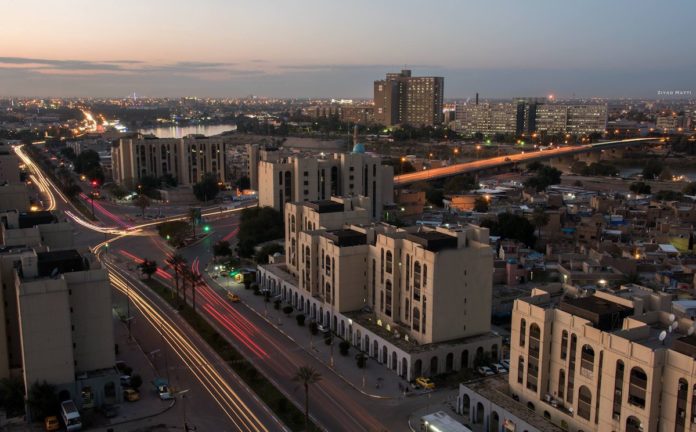INTRODUCTION
Few policymakers would disagree that central to any successful strategy to address Iraq’s pressing challenges should be a concerted effort to attract capital and expertise into the country through private investment as a means to create jobs and restore vital infrastructure and essential services. In order to do this, a series of major reforms within the country’s state inst/Users/hussainal-hassani/Downloads/786756453423.pdfitutions need to be undertaken to facilitate private sector growth and create conditions that are conducive to a vibrant investment climate.
At the strategic level, there has been a failure to prioritize reform measures that are realistic and achievable within the four-year term of a government. A review of numerous national development strategies over the past 15 years shows a consistent failure to achieve targets and meet deadlines, which calls into question the policy planning process and the capacity of state structures to bring about change.
Taking into consideration the prevailing political climate that is characterized by fragmentation, and where the government lacks a reliable political base to push through its agenda, it is clear that a systemic overhaul will not be achievable in the short term. Instead, the government needs to prioritize a handful of initiatives that have a direct impact on the livelihoods of ordinary citizens and can be achieved within a relatively short period of time. Successfully executed initiatives will create the impetus for more ambitious measures that require significant political capital and public goodwill.
This paper seeks to shed light on the weaknesses and constraints within the policy planning environment in Iraq by firstly presenting an overview of the existing landscape. It offers a practical guide to data sources and development strategies that are at the disposal of analysts and policymakers. The 5-year National Development Plan that was published in 2018 forms the basis for understanding the existing flaws and how national strategies could be enhanced in the future. The paper then takes a deeper look at the investment climate in Iraq, explaining the current structures and highlighting obstacles that have hampered private sector development. Ultimately, the goal is to explain how a more focused and measured approach to institutional reform will yield far better results than one that seeks to do too much.










